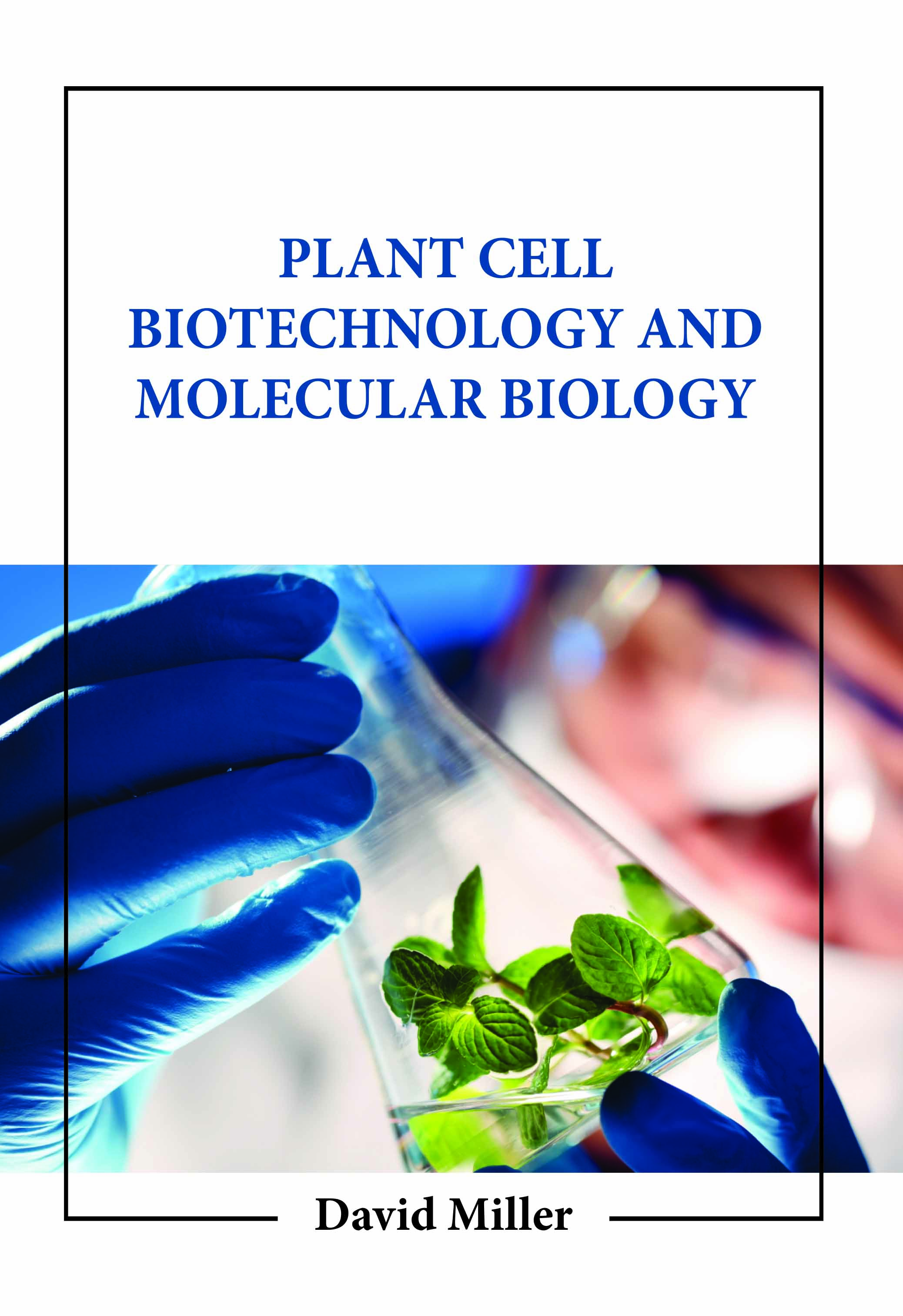
Plant Cell Biotechnology and Molecular Biology
by David Miller
| ISBN | 9781806242573 |
|---|---|
| Publisher | Digital Drive Learning |
| Copyright Year | 2026 |
| Price | $274.00 |

by David Miller
| ISBN | 9781806242573 |
|---|---|
| Publisher | Digital Drive Learning |
| Copyright Year | 2026 |
| Price | $274.00 |
Genetic engineering, immobilization of biocatalytic systems, cultivation of animal, plant, and microbial cells, development of utilized cell procedures, and bioengineering processes and systems are some novel approaches that have emerged in the recently established field of biotechnology. One of the primary subjects to start with is plant science. Thanks to biotechnology, it has been forced to change into an applied discipline known as plant biotechnology. Plant tissue culture is widely employed in fundamental studies of cell biology, genetics, and biochemistry as well as for direct commercial applications. In recent years, plant biotechnology has advanced significantly. The current publication aims to provide the reader a thorough understanding of plant biotechnology in all its forms by including enough details and examples. The study of the makeup, structure, and interactions of cellular molecules, such as proteins and nucleic acids, which carry out the biological processes necessary for a cell's maintenance and function, is known as molecular biology. Biotechnology uses biology to create products and technologies that benefit people. Animal and plant cells have the characteristics of being eukaryotic cells with similar organelles. Animal cells are often smaller than plant cells. Plant cells are often rectangular or cube-shaped and are more similar in size to animal cells, which range in size and shape from small to large. Additionally, a plant cell has features that an animal cell does not. A cell wall, a sizable vacuole, and plastids are a few of these. Chloroplasts are one type of plastid that helps the plant store and harvest nutrients. Additionally, animal cells have features not generally present in plant cells, such as centrioles, lysosomes, cilia, and flagella. This book will be a great resource and practical guidance for scientists, teachers, student planners, and administrators interested in plant physiology, botany, and agriculture science.